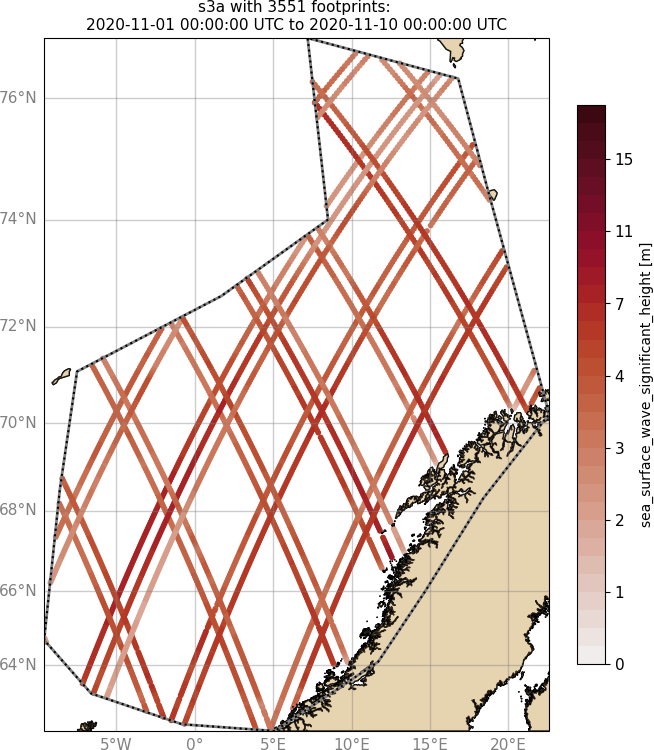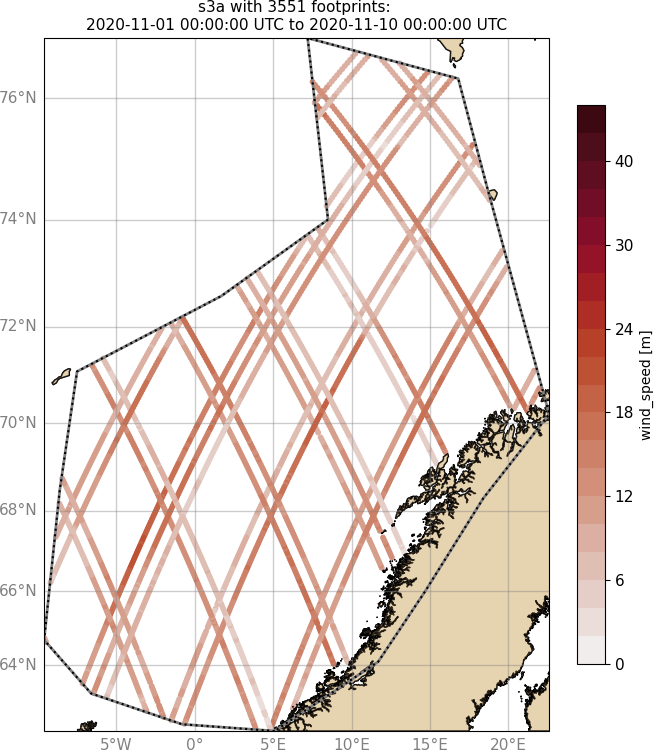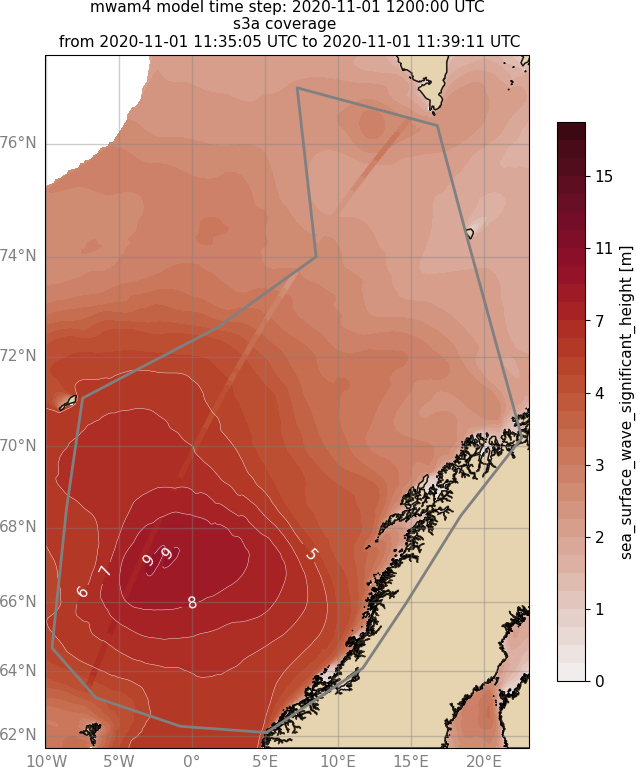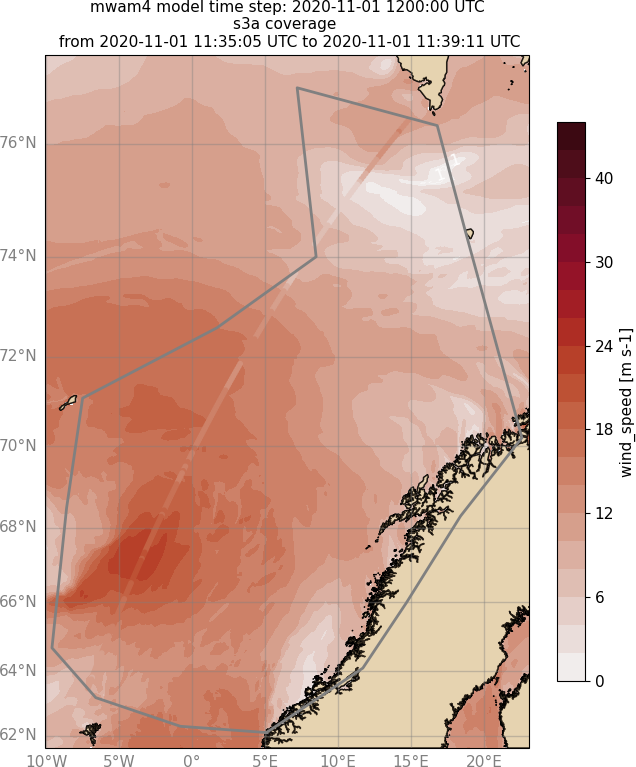Wavy
Welcome to wavy!
Introduction
wavy is an open source package (under development) with the aim of easing the task of wave model validation. The user can either choose in-situ observation files or remote sensing files to extract time-series and/or collocate with wave model output.
Note
This project is under active development. I try to keep the documentation pristine. Please do not hesitate to contact me if you experience troubles, have questions, or would like to contribute.
Contents
- Installing
- Tutorials
- Setting up a project and wavy config files
- Use satellite data
- Use multiple satellite missions
- Define regions of interest
- Apply filters
- Read model data
- Read in-situ observations (.d22, netcdf/thredds, FROST API)
- Use multiple insitu-sources
- Follow storm track
- Consolidate multiple retrievals
- Collocating model output and observations
- Validate the collocated time series
- Validation metrics
- Gridded satellite observations and statistics
- Quick look examples with wavyQuick
- Vietnam Validation Workshop 2021
- 1. wavy config files
- 2. download L3 satellite altimetry data
- 3. download L2P and L3 CCI multi-mission satellite altimetry data
- 4. read satellite data
- 5. access/read model data
- 6. collocating model and observations
- 7. dump collocation ts to a netcdf file
- 8. validate the collocated time series
- 9. quick look examples
- 10. Vietnam examples
- Vietnam Validation Workshop 2022
- Vietnam Validation Workshop 2022 #2
- Mozambique Validation Workshop 2023
- 0. checklist wavy installation
- 1. wavy config files
- 2. Download L3 satellite altimetry data
- 3. Read satellite data
- 4. Define your own region
- 5. access/read model data
- 6. Collocating model and observations
- 7. Validate the collocated time series
- 8. Collocate and validate 10m model wind using wind from satellite altimeters
- One Ocean Expedition
- Gallery
- API Reference
Credits
Bohlinger, P., Breivik, Ø., Economou, T., Müller, M.: A novel approach to computing super observations for probabilistic wave model validation, Ocean Modelling, 139, https://doi.org/10.1016/j.ocemod.2019.101404, 2019.
Studies that used wavy
Rabault, J., and Coauthors, 2022: Openmetbuoy-v2021: An easy-to-build, affordable, customizable, open-source instrument for oceanographic measurements of drift and waves in sea ice and the open ocean. Geosciences, 12 (3).
Breivik, Ø., and Coauthors, 2022: The impact of a reduced high-wind charnock parameter on wave growth with application to the north sea, the norwegian sea and the arctic ocean. Journal of Geophysical Research: Oceans, e2021JC018196.
Halsne, T., Bohlinger, P., Christensen, K.H., Carrasco, A., Breivik, Ø., 2022: Resolving regions known for intense wave–current interaction using spectral wave models: A case study in the energetic flow fields of Northern Norway, Ocean Modelling,Volume 176.
Thomas, E. E., Müller, M., Bohlinger, P., Batrak, Y., & Szapiro, N., 2021: A Kilometer-Scale Coupled Atmosphere–Wave Forecasting System for the European Arctic. Weather and Forecasting, 36(6), 2087-2099.
Master thesis using wavy
Judith Thu Ølberg, 2023: Wave Measurements Using Ship Mounted Sensors as part of the One Ocean Expedition, University of Bergen, https://hdl.handle.net/11250/3071001.



